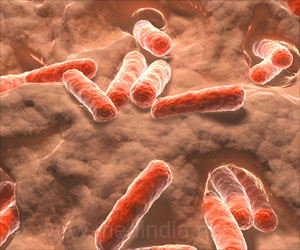Bovine feed, which has got traces of human remains, may be at the root of bovine spongiform encephalopathy or the mad cow disease.
Bovine feed, which has got traces of human remains, may be at the root of bovine spongiform encephalopathy or the mad cow disease. A report in the latest issue of The Lancet had forwarded this hypothesis.
The cause of the original case or cases of BSE is currently unknown. Sheep scrapie or a previously undetected bovine transmissible spongiform encephalopathy (TSE) that arose spontaneously has long been considered as candidates. However, no convincing evidence to support these proposals has been found.Scientists from University of Kent, UK and University of Edinburgh, UK, had proposed a new theory consisting of three hypotheses, that human TSE-contaminated material was the cause of BSE; that this was transmitted orally via animal feed; and the infective material originated from the Indian subcontinent. The authors had presented substantial circumstantial evidence to show that human material was imported into the UK from India with other animal remains for the production of animal feed over a long period. They also argue that human TSE and BSE strain characteristics have sufficient similarities to be consistent with their hypothesis.
The researchers conclude that further investigations are needed into the sources of animal by-products used in animal feed manufacture, and into the transmissibility of human TSEs to cattle. Within as well as between countries, it will be particularly important to establish cooperation between public health, agricultural, and industry organizations, as well as researchers, to try to ensure that further investigations are sufficiently thorough. WHO might be the best international body to coordinate this collaboration.
In an accompanying comment scientist from National Institute of Mental Health and Neurosciences, Bangalore, India states: “So far not a single case of BSE or scrapie had been reported from India, except for one case of scrapie from the Himalayan foothills in a sheep, which was probably imported. Scientists must proceed cautiously when hypothesizing about a disease that has such wide geographic, cultural and religious implications. We agree that the idea proposed by the researchers need to be probed further. Facts to support or refute their hypothesis now need to be gathered with urgency and great care.”





